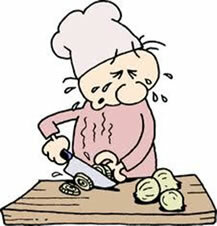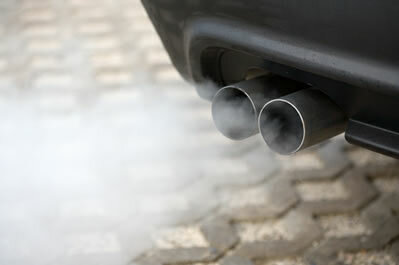Understanding how life arises was a question that remained for many centuries in society. One of the first proposed theories was that of abiogenesis, also known as the theory of spontaneous generation.
The abiogenesis theory stated that life arose from inanimate matter, that is, from lifeless material. The Greek philosopher Aristotle, who contributed in many ways to the development of society, was one of the defenders of this theory, which was accepted by important scholars.
According to the theory of spontaneous generation, creating a living being was quite simple. We could, for example, raise rats from dirty clothes and a few grains of wheat. Making this mixture, just wait a few days and we would have the new being, created from inanimate matter.
When analyzing this hypothesis today, it seems completely illogical, but it was widely accepted by society at the time. Until then, people could not see that, in fact, rats were attracted by the food and by the smell that emanated from the clothes. The lack of this perception was a result of not conducting studies in a rigorous way to avoid wrong observations.
Redi experiment
The abiogenesis theory, however, was not accepted by everyone, and some researchers decided to carry out studies to disprove this mistaken idea. The first one was Francesco Redi, who set up an experiment in which pieces of meat were placed in closed glass jars and others opened for a certain period of time.
At the end of Redi's experiment, he observed that the larvae appeared only in the jars that were not covered and that had been visited by flies. He then concluded that it was impossible for life to arise from non-living material, since the covered meat did not have larvae and that these probably arose from eggs laid by flies. From this conclusion, the abiogenesis theory has been shaken.
Despite Redi's research, abiogenesis was only completely overthrown with the studies of Louis Pasteur in 1860. This researcher set up a very careful experiment that avoided openings for possible questions.
Pasteur Experiment
Initially Pasteur placed nutritious broths inside glass jars with a long neck. Subsequently, the researcher curved the necks so that no particles present in the air came into contact with the broth. After that moment, he boiled the nutritious broth to kill any micro-organisms present there.
After a few days, nothing appeared inside the jars, proving that life could not arise from inanimate matter. To conclude his hypothesis, Pasteur broke the bottleneck of the glasses and, after a few days, life began to appear inside the flasks, since they had contact with microorganisms present in the air.
Although the theory of abiogenesis is incorrect, it was fundamental to the study of the development of life forms, as it allowed new hypotheses to be created. Science undergoes constant changes and new studies are essential for advances to occur and for wrong ideas to be overturned and correct ideas to be confirmed.



